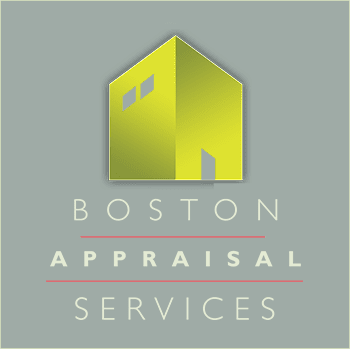As-Is & As-Repaired Values for Investors
Categories: Real Estate Appraisal, Trends
One of the toughest things in the process of buying a property for investment is determining how much the property is worth now and what it could be valued at if fully repaired for lease or resale.
Which is more difficult to determine, as-is or as-repaired (also called ARV or After Repair Value)? You might think that estimating the as-is value is the easier task, but it’s somewhat more complicated than assessing the ARV.
An ARV is typically synonymous with retail value for a home or other real property that has been fully repaired and upgraded. In instances where the property is intended to be held for lease, or sold to a landlord buyer, the ARV is equivalent to the value as a good condition rental, which is generally 5-10% less than properties held as owner-occupied residences (for B and C class properties).
The most common way to determine the ARV is by using the comparison approach or ‘substitution method’ to draw a conclusion of value based on the similarities and differences between the subject and active and recently sold listings.
In markets where many closings are taking place and the absorption rate is low (in months), 3-6 months is typically the time frame from which an appraiser will consider a sold listing as appropriate for comparison to the subject property. When the transaction volume has been strong, there are generally many suitable comparables available; however, when sales are declining, it becomes more challenging to accurately estimate property value as there is less available data to draw inferences from.
The process of determining as-is value or current market value can utilize the substitution method when there are an adequate number of properties in a condition and location similar to the subject. As investors, we’re often most interested in those properties that have improvement potential, making this a common concern. When there are too few properties in comparable condition, it becomes more difficult to make well-supported conclusions, although adjustments can be made to comparables to account for particular differences in condition and functional utility.
Why is as-is value important to consider?
We need to know how much the subject property is worth in its current state to be able to determine the potential gross margin in rehabbing and reselling or holding. If the condition is fair and demand is high, the as-is value may be relatively strong, reducing the level of renovation that must be completed to achieve optimal value and economic efficiency.
Where the inverse is true, and the market is retracting, as-is value and its method of calculation becomes even more critical to prevent exit losses. We use the as-is value in conjunction with ARV to arrive at effective offering prices that allow sufficient room for costs and net profits, while also fairly compensating the seller of the property.
How can you ensure the values you rely upon are accurate?
The weight of financial and legal transactions involved in the transfer of real property require us to maintain a keen sense (if not insight) into the market value of properties, both in current and prime condition.
The most effective strategies to develop this insight include thorough due diligence, becoming a local market expert, assembling a team, and working with specialized valuation professionals. Put in the time and read local real estate industry publications to stay updated on market trends, new regulations, employment and production, inventory levels, population growth, and numerous other important social and economic factors to monitor.
What if you’re not a real estate professional by trade, or you simply don’t have the time to read over market reports on a daily basis?
Put together a team that will bridge that gaps in your available time and knowledge set. Partner will an experienced broker that specializes in the class of properties you’re most enthusiastic about. Hire a real estate attorney and finance expert to protect your interests and keep you profitable and compliant.
A key player in your investment team is your valuations professional.
A skilled appraiser or valuations firm that knows the market you operate in and understands your investment objectives will ensure that your offers are low enough to achieve an excellent margin and that you don’t suffer losses due to excessive holding costs or unanticipated market fluctuations.
Working with valuations pros shows your commitment to partners and investors, supports your credibility, and strengthens your offering position by providing solid market data and expert conclusions. Perhaps more importantly, working with professionals decreases your liability for negligence in conducting the transaction and reduces your risk of financial losses over the course of the project and at its exit.





Appraisers know the definitions of “as is” & “ARV”. We just want to know how to the actual appraisal report. The 1004 form has a spot for one market value, which is typically “As Is”. Where can I include the ARV on the appraisal report? I have selected about 8 comparable sales from from $300,000 for fair physical condition like the subject from $425000 in average to good physical condition. Do I have to do two sale grids for “As Is” value and another for After Repaired Value? Thanks, Luis